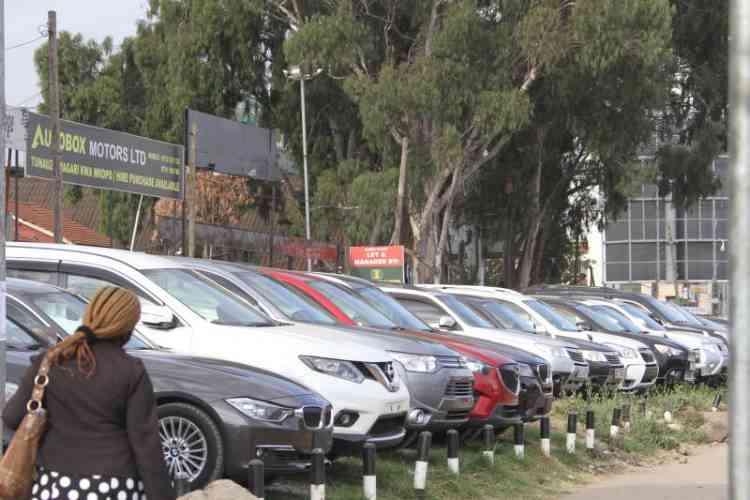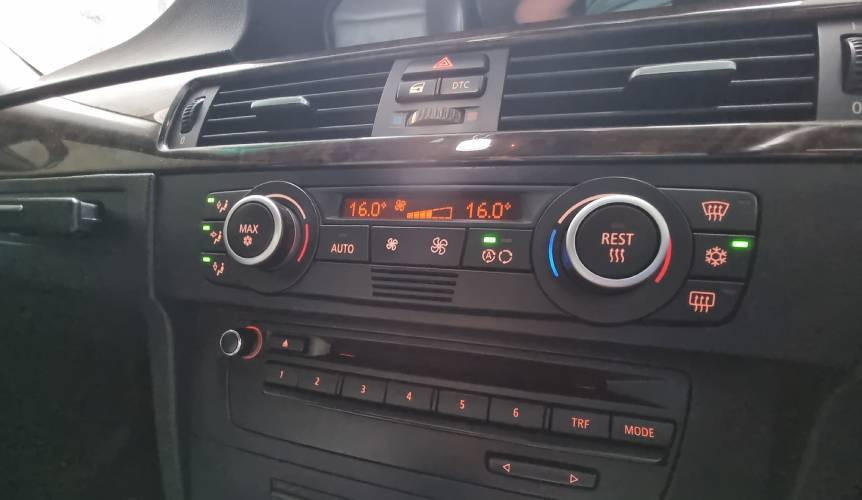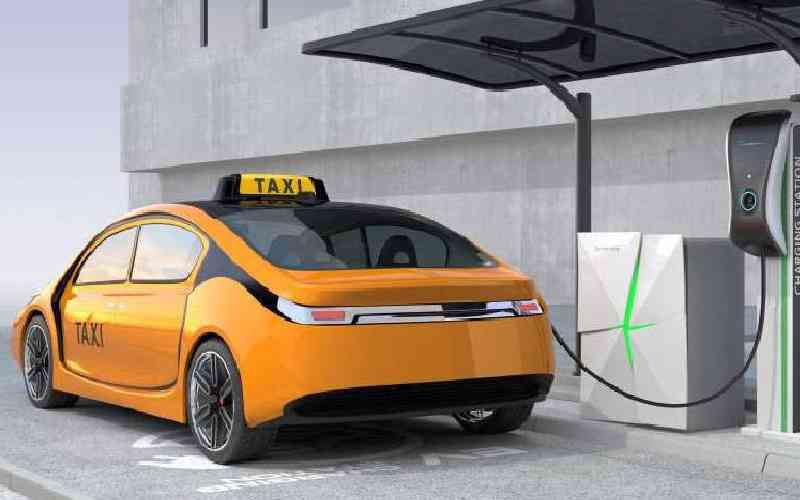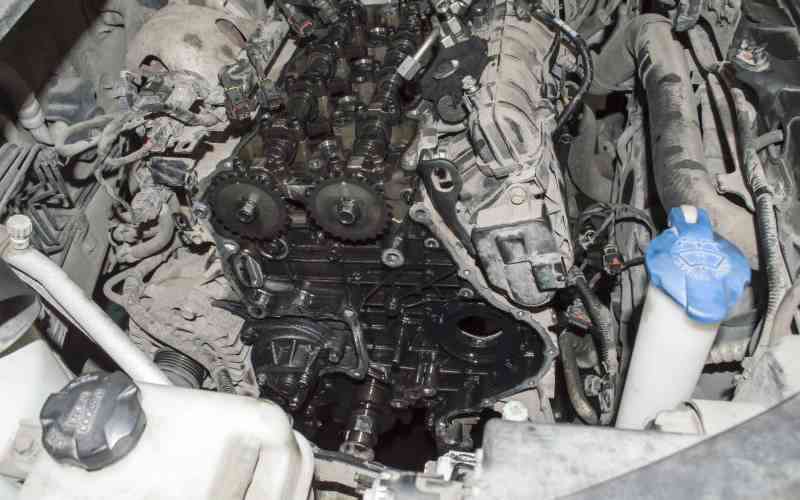
Partially disassembled diesel internal combustion engine under the hood of the car. [File, Standard]
No matter how pretty and sophisticated the outer body of a vehicle looks, it is always the engine that defines the car. The engine is the heart of any vehicle and hence needs to be kept healthy and breathing. Always.
This week on Motor Review, we learn more about the magic under the hood!
The four-stroke cycle
For combustion (ignition) to take place in the engine, we have various components needed to make it a success. Among them a battery, alternator, starter, spark plugs, fuel injector, valves, piston rods, and exhaust port among others.
Inside the cylinder, the piston descends, sucking air into the cylinder through open intake valves as the fuel injector sprays fuel into the chamber. This is what is referred to as the intake stroke.
This then escalates to the compression stroke where after all the valves are closed, the piston shifts back up, compressing the fuel and air mixture which later delivers power and efficiency.
During this process, the spark plug ignited the compressed fuel and air mixture forcing the piston to the bottom of the cylinder again. That defines the power stroke.
After the combustion, the burned fuel needs to leave the chamber and since the piston comes back up while pushing the spent mixture out through the open exhaust valve, we get the exhaust stroke.
Engine parts
Most cars have a four-cylinder setup. This contains the camshaft, crankshaft, timing belt or chain, flywheel, and cylinder head, all of which are hosted in the engine block.
The crankshaft carries piston power out of the engine and to the wheels. It has counterweights to produce a balanced spin.
The timing belt/chain's main purpose is to synchronize the rotation of the crankshaft and the camshafts so that the engine valves open and close at the proper times during each cylinder's intake and exhaust strokes.
It should be noted that the engine has a timing belt which is a rubber belt that usually features teeth on the inside surface while a timing chain is a metal roller chain.
RPM stands for Revolutions Per Minute. For example, if your car engine is running at 3,000 RPM, basically translates to 50 full crankshaft revolutions per second.
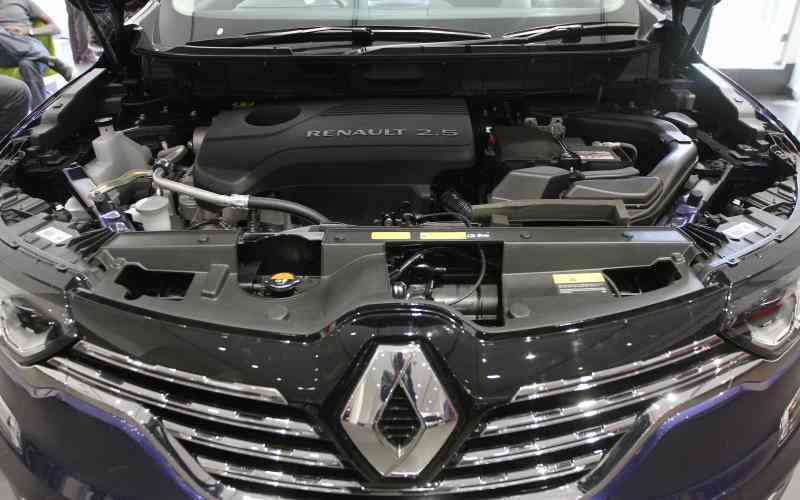
Types of engines
In most cases, the opposing cylinders in an engine are arranged in a 'V' shape hence the terms V6, V8, etc. We will break that down in a simpler manner.
V8
This type of engine has eight opposing cylinders and is common in heavy-duty engines. Each side has four cylinders that run concurrently.
V6
Just like the V8, this one has six opposing cylinders and is common for sports cars and mid-size Service Utility Vehicles.
Flat 4
The flat 4 is most common in Subaru models and the classic Volkswagen Beetles. The four cylinders are arranged in a flat, opposing configuration.
V twin
This has a two-cylinder arrangement and is common in motorbikes.
Engine system
Contrary to common beliefs, using higher octane fuel (V-power) in an engine designed for lower octane is simply burning fuel with very minimal results and may actually affect the engine's life.
Here is why. The fuel injectors will spray fuel into the cylinder at a precisely timed moment and for an engine not designed for high octane, there will be less combustion resulting in a lower fuel mileage.
Air
The engine needs oxygen to make the combustion complete. This is air filtered from outside the hood through the air filter through the air intake manifold. The ratio of gas to oxygen an engine needs to run is around 1:14.
Oil
The main purpose of oil whether synthetic or normal is to lubricate the moving parts. However, the oils also prevent corrosion and cool the engine by carrying heat away from the moving parts.
Oil filter
The oil filter helps remove unwanted material from the engine oil. Basically, it filters dirt from the oil that is on the oil pan that holds the engine oil.
Oil pump
Its main core role is to keep the engine oil properly pressurised and flowing through the engine.
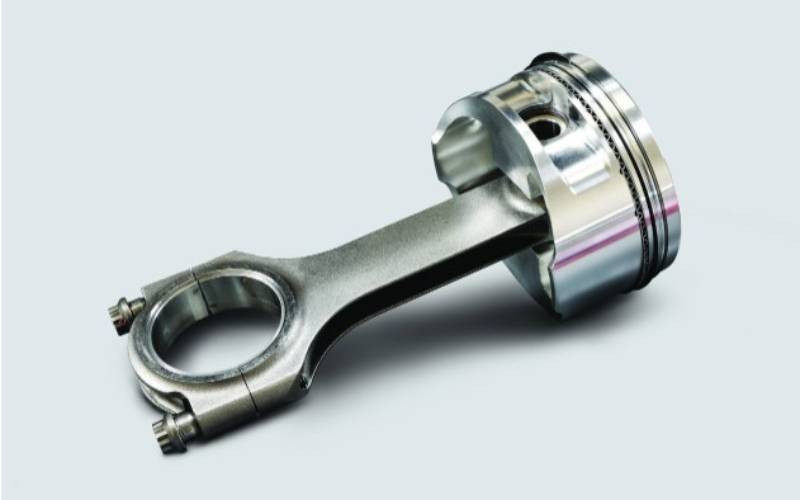
Battery
Its main purpose is to supply power for starting the car and also other electrical systems.
Alternator
It basically works like a generator, converting the engine's mechanical energy into electricity to charge the battery while the engine is running.
Starter
It cranks the engine to start the combustion (ignition) process and then goes off until the car is started again.
Thermostat
Since the combustion process produces heat, engines have a thermostat that helps regulate coolant temperature by either routing coolant back through the engine or to the radiator for further cooling.
Radiator and fan
These two work hand in hand. The radiator has a series of metal tubes and fins. When the hot coolant returns from the engine block, it passes through these tubes. Air flowing through the radiator cools the coolant in preparation for another cycle through the engine via the water pump and it goes on and on as far as the engine is running.
Exhaust system
For any engine to breathe, it needs an exhaust to remove the waste from the engine. This starts from the exhaust manifold that collects gases from multiple cylinders into one pipe.
The gases are then taken through the catalytic converter which helps reduce toxic chemicals in engine exhaust and proceed to the muffler which basically reduces the engine exhaust noise.
Next week on Motor Review, we will delve into the engines of hybrid vehicles and how they work.
Feel free to reach out to the writer on matters motor that you would like highlighted, via:
 The Standard Group Plc is a multi-media organization with investments in media platforms spanning newspaper print
operations, television, radio broadcasting, digital and online services. The Standard Group is recognized as a
leading multi-media house in Kenya with a key influence in matters of national and international interest.
The Standard Group Plc is a multi-media organization with investments in media platforms spanning newspaper print
operations, television, radio broadcasting, digital and online services. The Standard Group is recognized as a
leading multi-media house in Kenya with a key influence in matters of national and international interest.


